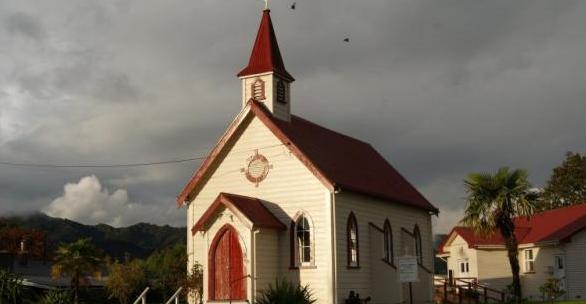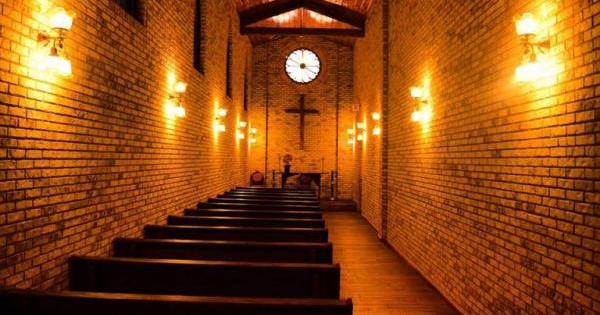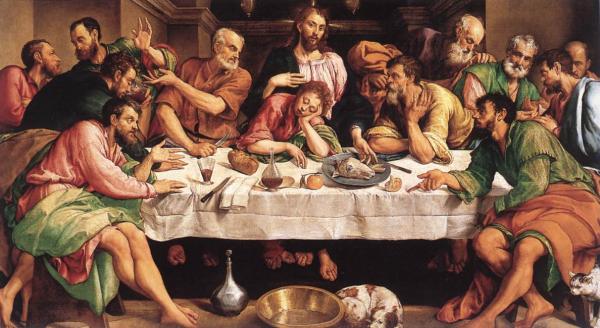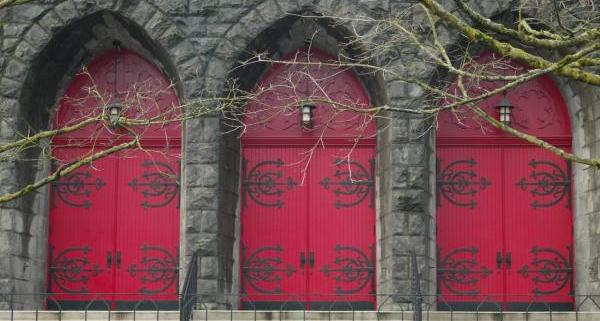As chance (or fate, or meticulous divine providence) would have it, I led a church staff discussion this morning about the changing shape of Christianity in America, with particular focus on the role of Millennials.
I prepared my talk using a lot of the data from the 2007 major Pew Research study on religion in America. But this morning, via Facebook, I learned that the 2015 Pew Research study came out (today). And the race is already on to prognosticate about that new data. I quickly added a few pieces, adjusted a few things, and was good to go. The 2015 study pretty well confirms that some of the major trends identified in the 2007 study are not passing fads. The trend is real, and growing.
That main trend is that the American Christian church is, in fact experiencing (near) universal decline in numbers.
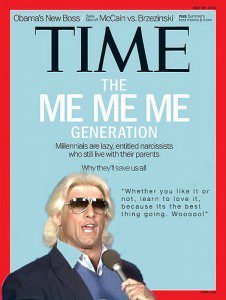
Christianity is down from a 78.4% “market share” of American religion (in 2007) to 70.6% in 2014. This is a net loss of 7.7%. Evangelical churches were down a slight 0.9%, and mainline Protestantism continues to bleed out at with a decline of 3.4%. (I’m not sure even Rachel Held Evans can save mainline Protestantism now–not that she’s trying to). The Christian outlier is Black Protestantism (Pew uses the category name, “Historically Black”), which has remained remarkably steady for a long time. The other positive is the continued increase in non-Anglo, immigrant Christians–which continues to prevent the decline in Christian denominations from being even steeper than it already is.
The biggest takeaway here, though, is the clear message that the “nones” have now finally, officially arrived. We’ve heard about the “rise of the nones” (religiously unaffiliated) for a long time. They were always coming, always on the move. Now they are really here.
The nones surged from a 16.1% share of the total population to 22.8% in 2014–a gain of 6.7%. This number includes atheists (3.1%), agnostics (4.0%), and the biggest group, with the simultaneously bland and intriguing title, “nothing in particular” (15.8%). This is how Pew describes the “nones”:
Meanwhile, the number of religiously unaffiliated adults has increased by roughly 19 million since 2007. There are now approximately 56 million religiously unaffiliated adults in the U.S., and this group – sometimes called religious “nones” – is more numerous than either Catholics or mainline Protestants, according to the new survey. Indeed, the unaffiliated are now second in size only to evangelical Protestants among major religious groups in the U.S.
Let that sink in for a bit: the size of the group of people that declines to name any religious affiliation is larger than Catholics or the entire body of mainline Protestants. The religious landscape has changed, indeed. The nones are an eclectic group: some are religious even though not choosing to affiliate; some are “spiritual but not religious,” some are nothing at all–the “nothings”–having nothing to do with anything pertaining to religion/spirituality. But the nones have basically detached from the institutions of Christianity. And this is having a profound effect.
It is no surprise that the majority of the nones are Millennials. Earlier this year, Pew informed us that Millennials are on pace to become “the nation’s largest living generation,” surpassing the Boomers. They will be the largest generation for a long time to come.
Granted, many Millennials will come back to Christianity, and perhaps even to the church, as they enter adulthood and have families. But how many? Who knows. As I surveyed the Pew material from 2007, it seemed clear to me that with each new generation, (Silent, Greatest, Boomer, Xer, Millennial), the level of “religiosity” at which each generation hits its 20s, gets lower and lower. Thee sole exception was the Boomers, who matched the Millennials low religiosity-scores when Boomers were in their 20s. But the overall picture is certainly one of declining strength in institutional forms of Christianity. The churches, Christian colleges, seminaries, publishing houses–they are all feeling the pinch and will be, I’m sure, for some time. There is a “new normal” coming, if it’s not already here.
As we concluding our reflections today in that church staff meeting, we had a great discussion about the distinction between the church and the kingdom of God. The church is important, but it’s not as important as the kingdom. If the church (as institution) falters and fumbles or otherwise alters in painful but powerful ways, this does not mean that God is not working–nor even that God is not in it. Karl Barth once wrote that the “fall of the church” (which he seemed to think was inevitable, at the level of institutional think) is not the end. It could be a new beginning.
Resurrection always comes after death, right?
This all might mean that we simply need to adjust our hearts and minds to the new normal, embrace the change that is already here, and–rather than trying to stem the tide–discern how God might be leading us to be more faithful, more loving, better neighbors, more teachable, more collaborative, more humble. That seems like a pretty good way to try out a “new normal.”
photo credit: <a href=”http://www.flickr.com/photos/64389270@N05/8738703968″>Ric Flair on Time Magazine</a> via <a href=”http://photopin.com”>photopin</a> <a href=”https://creativecommons.org/licenses/by-sa/2.0/”>(license)</a>


